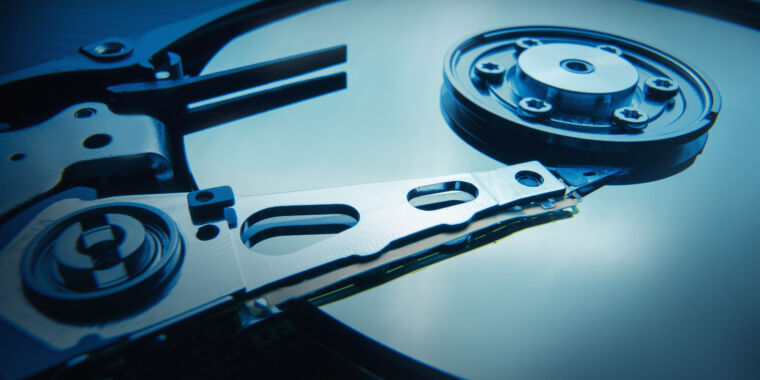Lifetime AFRs grew, while quarterly AFRs went from 1.54% in Q1 to 2.28% in Q2.
What have we learned? The executive told Ars that years of data collection like this have taught Backblaze that the failure rate of a given model does not predict the failure rate of other models of the same size or by the same manufacturer:
That’s why once we identified the 8TB drives as the potential problem, we had to dig into the model-specific numbers. In this case, all of the models were similar in their increase in failure rates, but it could have been just as likely that they weren’t.
One thing to remember is that we are looking at the change in failure rates over time, not the actual failure rates themselves. We are looking for unusual changes outside of what we would expect.
Looking at detailed drive data like this gives Backblaze an intimate look into its storage environment so it can make any necessary adjustments.
“We have a drive migration program to move from smaller drives to larger drives to improve storage density in a given Backblaze vault. For economic reasons, we start with the smallest drives and then consider other details, such as failure rates, in the process. To that end, the analysis we did is being used to help prioritize which Backblaze vaults are upgraded,” Klein told Ars.
For consumers considering a new HDD for personal use, (but not as part of a RAID array) Klein advised seeking a model they “believe fails the least.”
He added:
But the difference between a 1 percent and 2 percent failure rate is moot if you don’t back up your stuff somewhere else. Relying on a single drive, HDD or SSD, as your sole source of data storage is a ticking time bomb. Whether a drive lasts 2 years or 10 years, it will fail.


